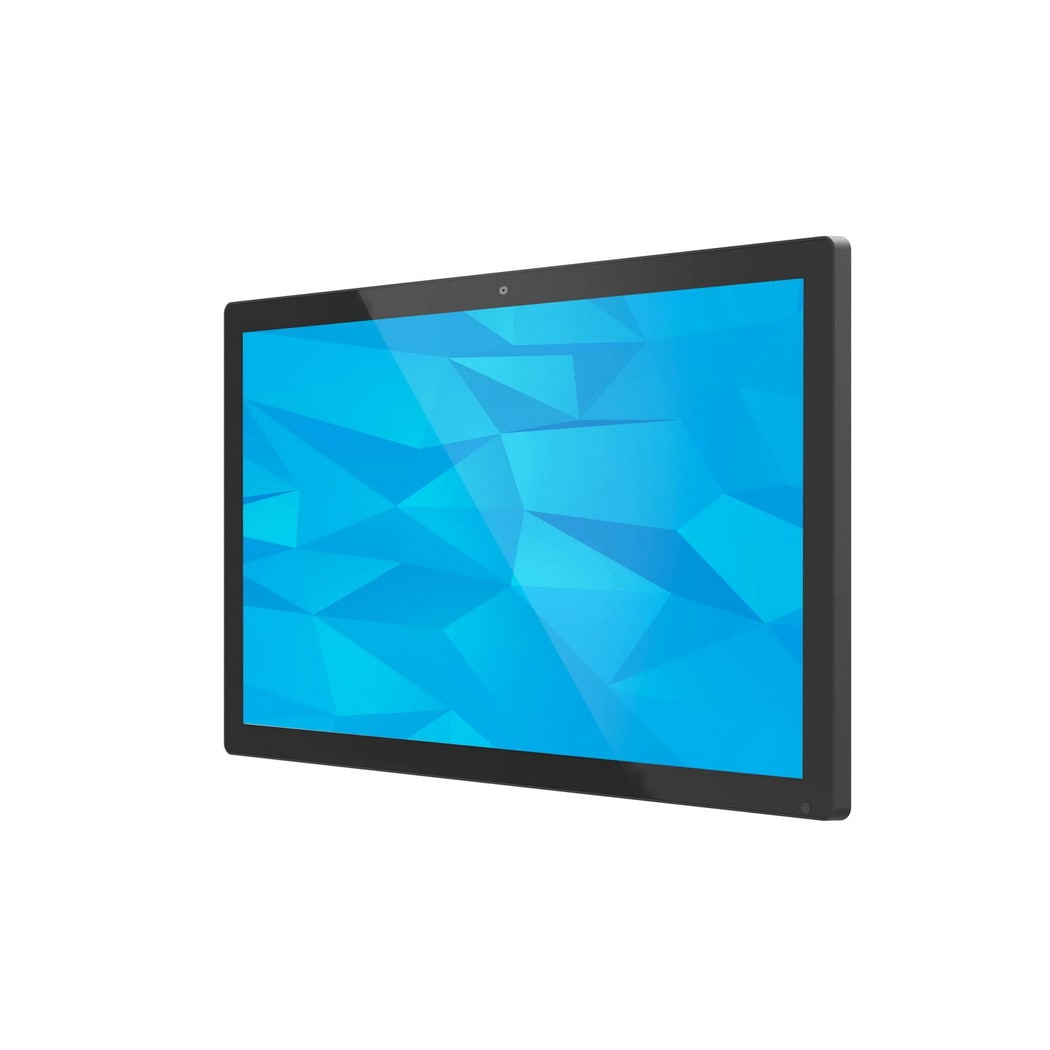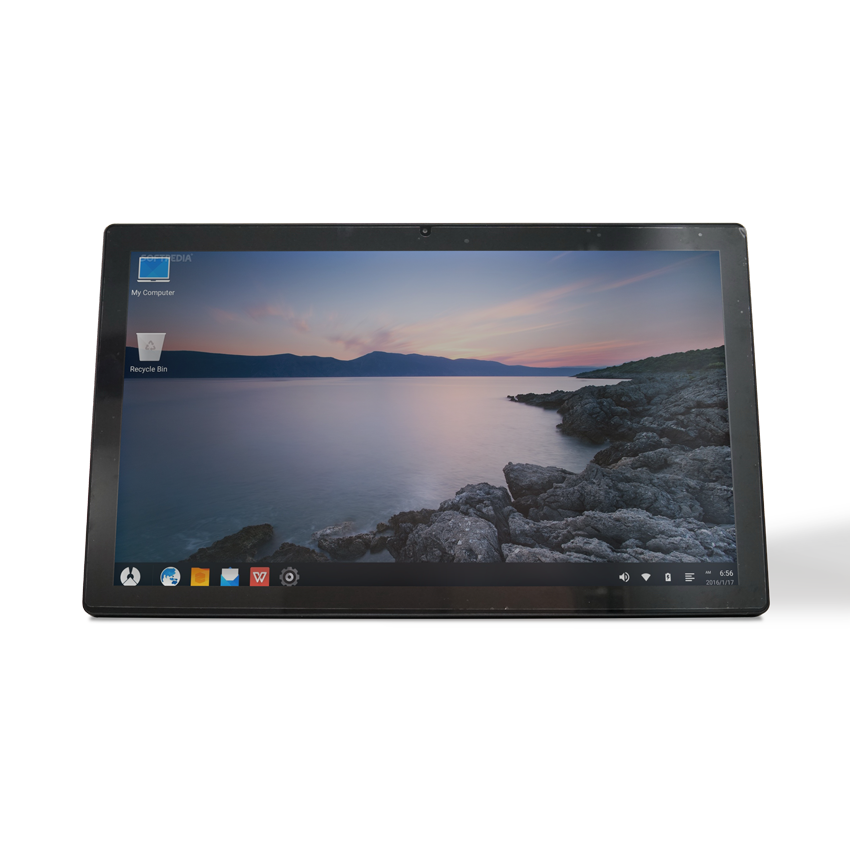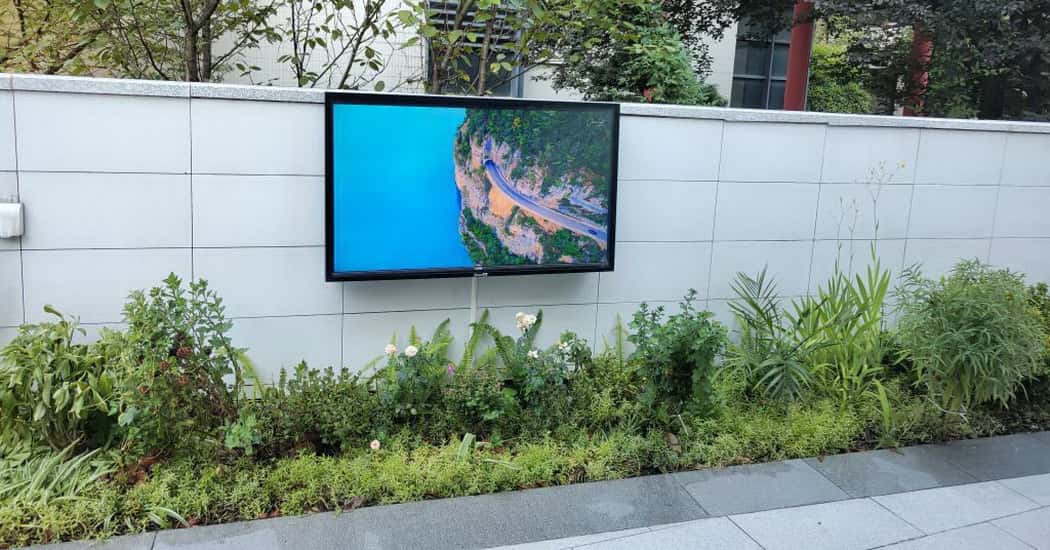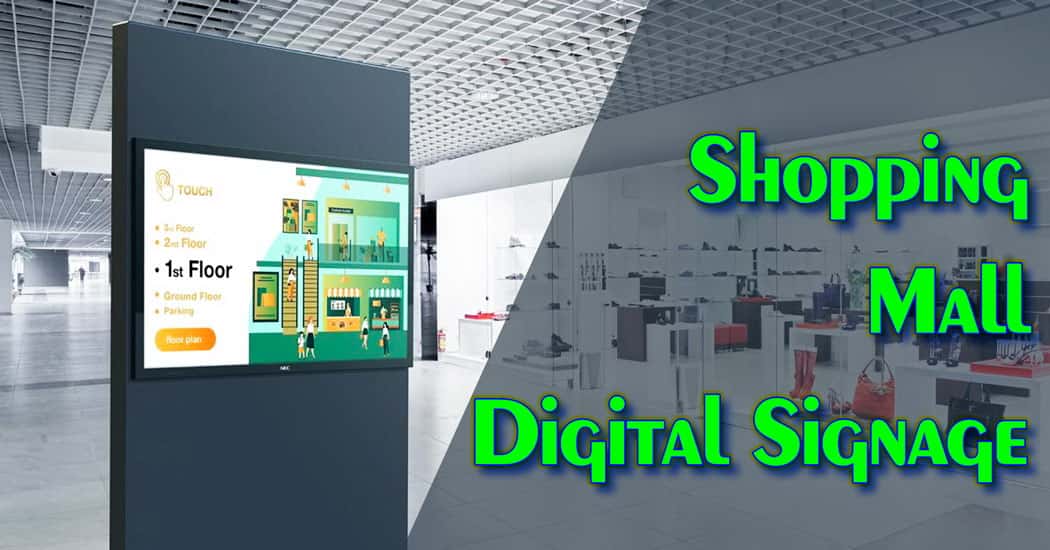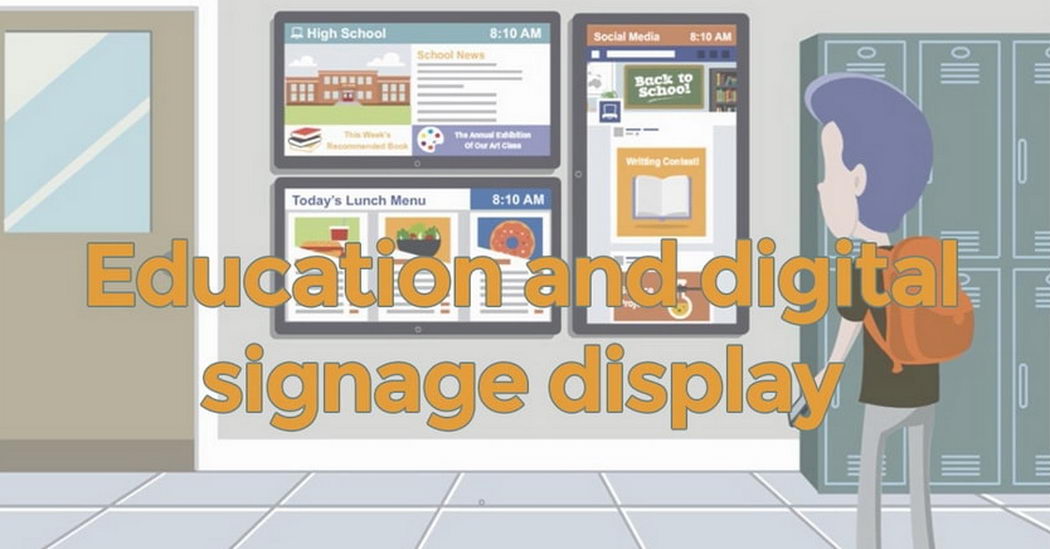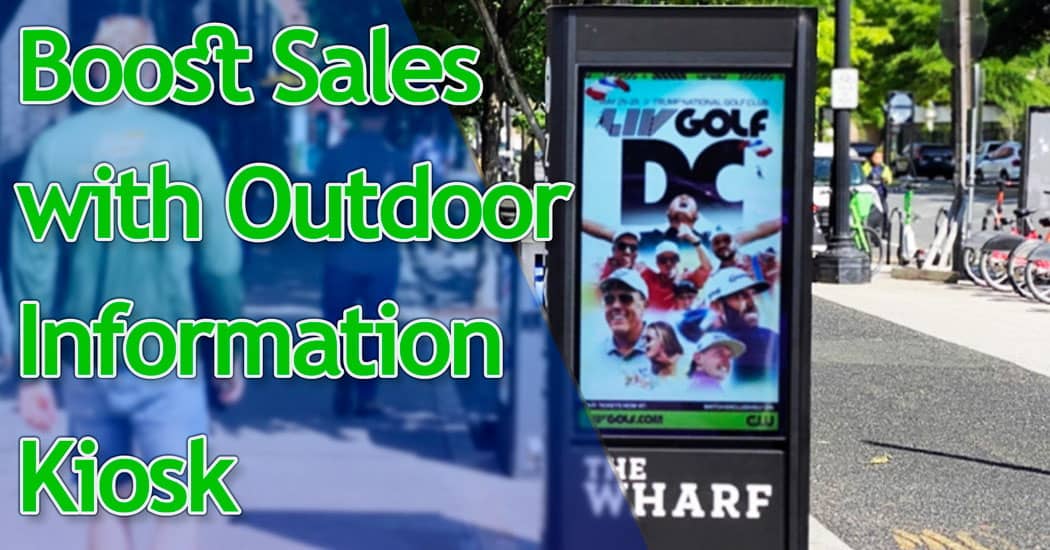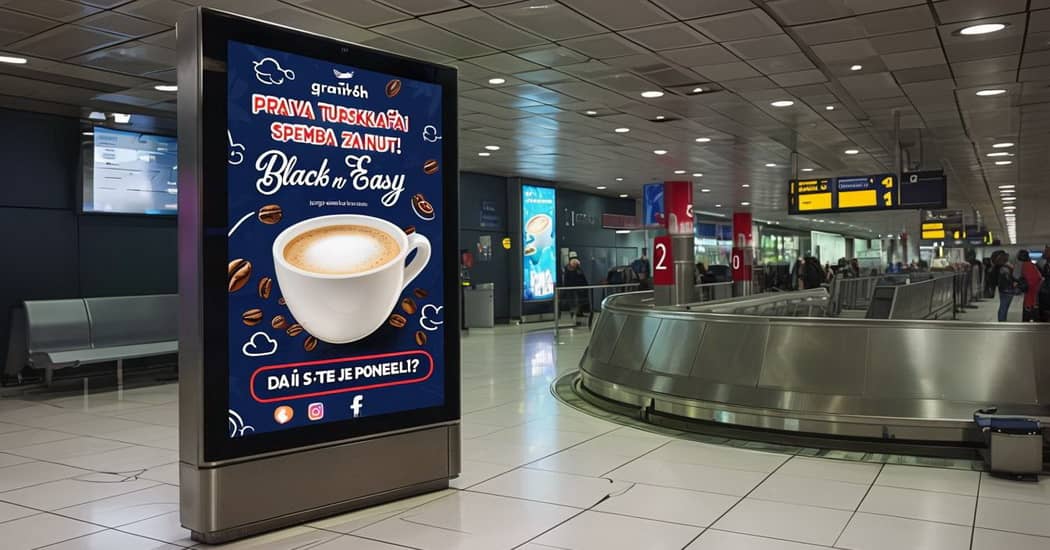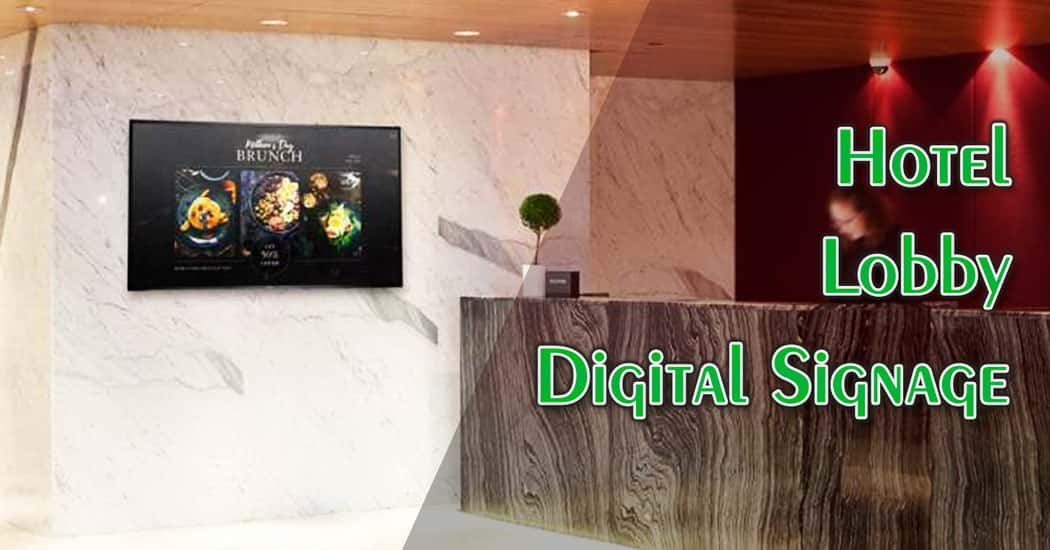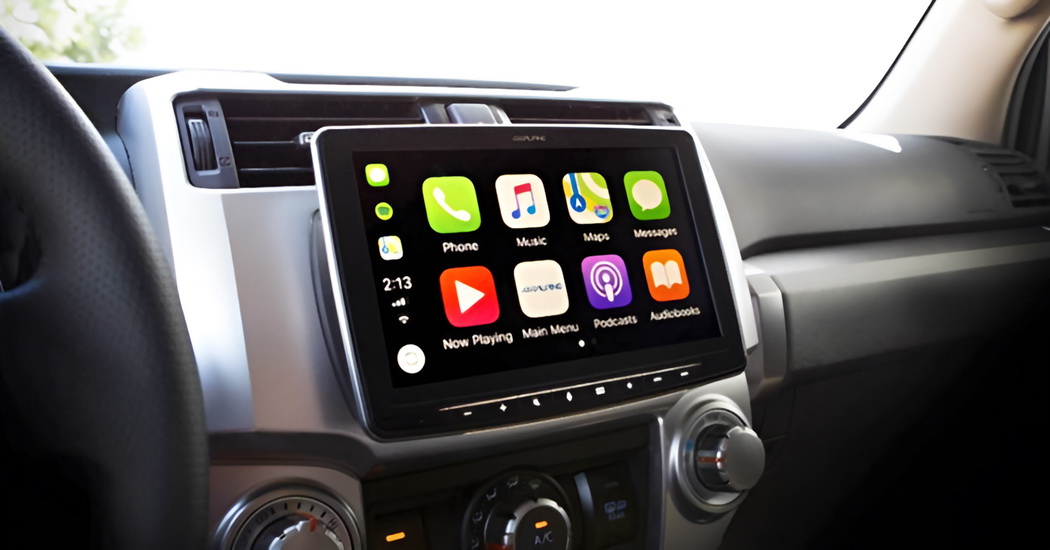
Interactive outdoor displays:A Solution for Any Environment
This article explores the versatility of Interactive outdoor displays, highlighting their benefits, applications, and how they can transform public spaces, retail environments, and events. Learn how these displays deliver real-time updates and withstand harsh conditions.
Interactive outdoor displays are versatile solutions designed to function effectively in various environments, regardless of weather conditions, lighting, or space constraints. They are widely used in commercial, industrial, and public settings to deliver information, advertisements, or entertainment.
What Are Interactive outdoor displays?
Interactive outdoor displays are screens or signs designed to be used outside, where they can catch the attention of passersby. Think of the big billboards on highways, the screens at sports stadiums, or even the menu boards at drive-thrus.
Interactive outdoor displays are used primarily in high-traffic areas to share information, advertise, or entertain. Unlike indoor screens, Interactive outdoor displays are built to withstand harsh weather, bright sunlight, and dust.
Benefits of Outdoor Screens
1. Enhanced Visibility in Any Lighting Condition
While a typical indoor TV might have a brightness of around 300-500 nits, Interactive outdoor displays can range from 2,000 to 5,000 nits or more. This extreme brightness ensures that the content on the screen stays vivid and readable, even in direct sunlight. For example, a display with 5,000 nits can cut through the glare of a sunny day, which is ideal for outdoor advertising or public information boards.
2. Robust Design for All Weather Conditions
The IP rating (Ingress Protection rating) tells you how well outdoor advertising screens are protected against water and dust. For instance, a display with an IP65 rating is wholly dust-tight and can withstand low-pressure water jets—perfect for rainy or dusty environments. The best waterproof monitors come with IP67 or IP68 ratings and can handle being submerged in water for short periods.
It has built-in heating and cooling systems to keep the internal components at the right temperature.
To top it off, these screens are made with durable materials such as corrosion-resistant metals and UV-protected glass. This means they won’t fade or degrade after years of sitting in the sun.

3. Real-Time Content Updates
Outdoor advertising screens can deliver real-time content updates powered by a cloud-based digital signage CMS.
You can upload new content from a centralized dashboard, schedule updates, and even make last-minute changes with just a few clicks. For example, a retail store can promote flash sales as they happen, a transit hub can display live arrival and departure times, or a sports stadium can show real-time scores and highlights.
4. Cost-Effective Advertising Solutions
The key savings come from reducing the need for external media players since the displays come with an operating system, simplifying the installation process and lowering energy consumption.
Smart Interactive outdoor displays also have energy-saving features, like automatic brightness adjustment.
Plus, outdoor advertising screens allow you to run multiple ads on the same screen, so you’re getting more out of one investment.
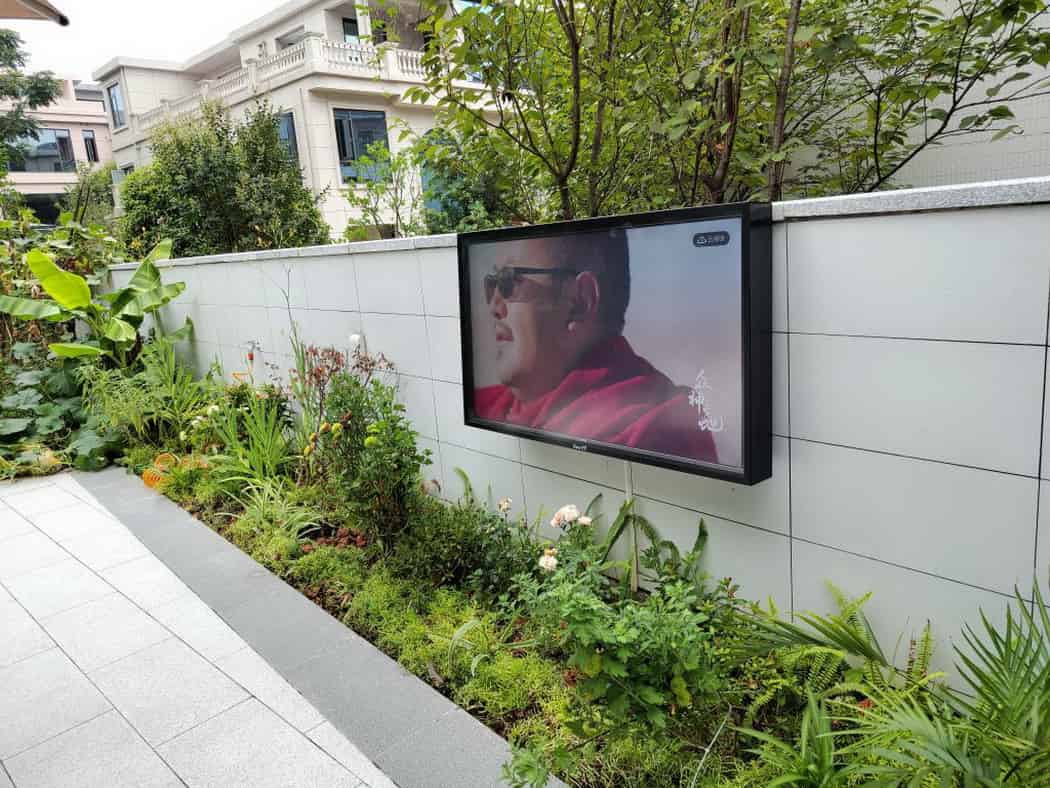
Applications of Interactive outdoor displays
1. Retail and Shopping Centers
60% of customer complaints stem from issues with staff attitudes and competence rather than product quality or reliability, according to a Deloitte report. Outdoor digital displays can help address this by improving the shopping experience. Wayfinding displays, for example, can be placed strategically at the entrance or key intersections in outdoor mall spaces to guide shoppers to different stores, restrooms, or parking areas.
Customers can use Interactive outdoor displays to quickly browse store information, promotions, or directions to minimize reliance on staff.

2. Public Transportation and Wayfinding
Outdoor digital signage in transit hubs, like bus stops, train stations, and airports, provides real-time updates on schedules, delays, and route changes.
Interactive maps and directional guides ensure passengers can easily find their platforms, gates, or exits. This is especially valuable in large, busy hubs where traditional signage may fall short.
During disruptions or crises, they can quickly broadcast alerts, safety instructions, or alternative routes. For instance, in the event of a service delay, screens can provide real-time updates and suggest alternative travel options.
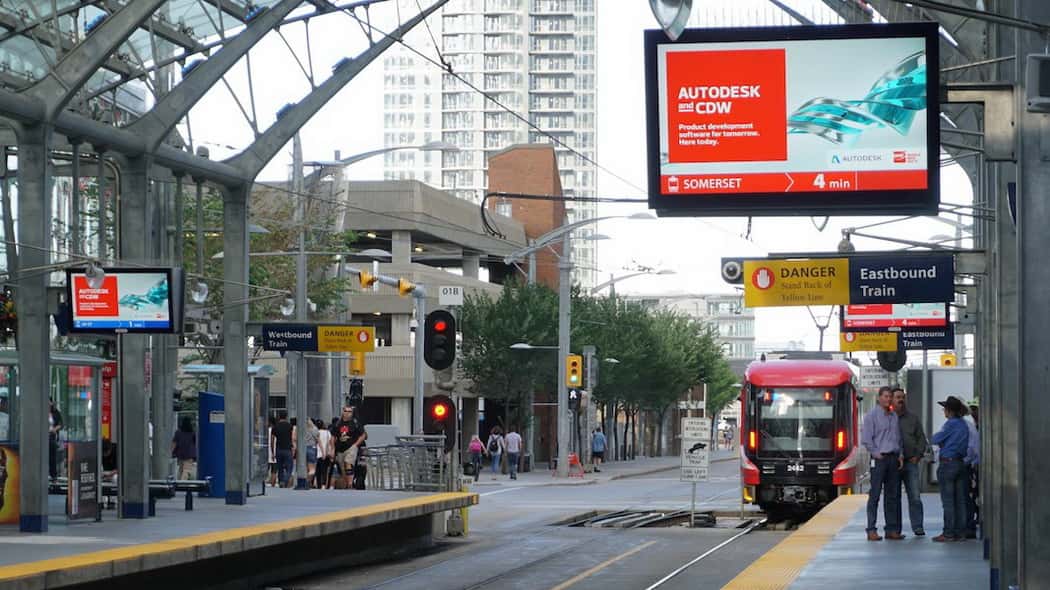
3. Event and Entertainment Spaces
Interactive outdoor displays keep events running smoothly and keep attendees informed. They show real-time updates like schedules and performance times and even feature social media walls to share photos and posts from attendees.
Donor walls prominently display contributions and recognize key sponsors, giving them the spotlight they deserve. Plus, self-check-in stations cut down on long lines by letting attendees quickly check themselves in.
4. Corporate and Campus Environments
In corporate offices or university campuses, Interactive outdoor displays are used to share announcements, news, and updates with employees, students, and visitors. They also display emergency alerts or wayfinding information, ensuring everyone stays informed and safe. For campuses, they’re particularly useful for highlighting events, deadlines, or achievements.

5. Hospitality and Restaurants
Restaurants use digital menu boards to showcase their offerings, with the ability to update items or prices instantly.
Food truck digital menus streamline the process of updating the menu based on ingredients or the time of day so that customers always see accurate options.
On the other hand, drive-thru digital signage enhances the ordering process by displaying clear, high-definition menus that lead to quick decision-making and minimize order errors.
With self-check-in interactive kiosks, patrons can check themselves in while the hotel can promote amenities, events, or local attractions. These screens enhance the ambiance of outdoor dining areas while keeping customers informed.

Conclusion
Using Interactive outdoor displays for advertising creates a win-win situation. Businesses get to engage their audience with dynamic, real-time content, no matter the weather, while customers enjoy relevant, timely messaging that enhances their experience.
Closely related post:
Latest updated post:
Latest products:




